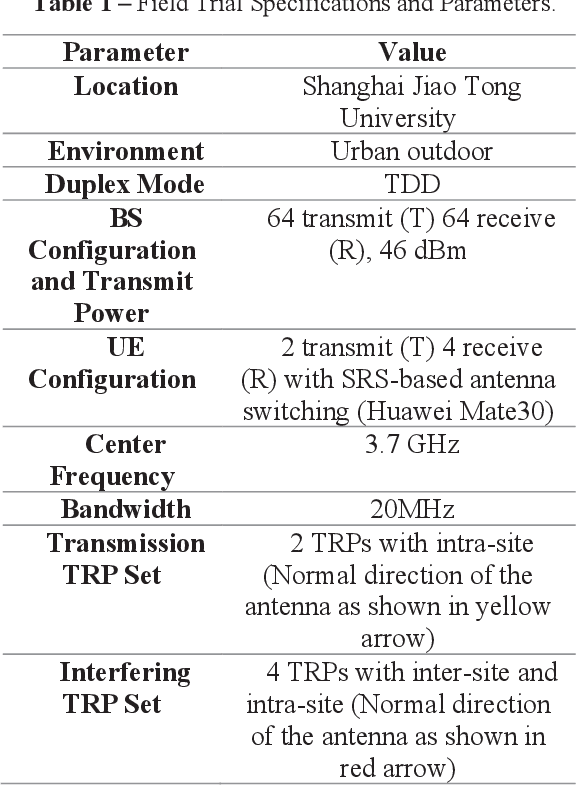Dalin Zhu
Department of Radiology, Gansu Provincial Maternity and Child-care Hospital, Lanzhou, China
A Physics-Driven Neural Network with Parameter Embedding for Generating Quantitative MR Maps from Weighted Images
Aug 11, 2025Abstract:We propose a deep learning-based approach that integrates MRI sequence parameters to improve the accuracy and generalizability of quantitative image synthesis from clinical weighted MRI. Our physics-driven neural network embeds MRI sequence parameters -- repetition time (TR), echo time (TE), and inversion time (TI) -- directly into the model via parameter embedding, enabling the network to learn the underlying physical principles of MRI signal formation. The model takes conventional T1-weighted, T2-weighted, and T2-FLAIR images as input and synthesizes T1, T2, and proton density (PD) quantitative maps. Trained on healthy brain MR images, it was evaluated on both internal and external test datasets. The proposed method achieved high performance with PSNR values exceeding 34 dB and SSIM values above 0.92 for all synthesized parameter maps. It outperformed conventional deep learning models in accuracy and robustness, including data with previously unseen brain structures and lesions. Notably, our model accurately synthesized quantitative maps for these unseen pathological regions, highlighting its superior generalization capability. Incorporating MRI sequence parameters via parameter embedding allows the neural network to better learn the physical characteristics of MR signals, significantly enhancing the performance and reliability of quantitative MRI synthesis. This method shows great potential for accelerating qMRI and improving its clinical utility.
Massive MIMO Evolution Towards 3GPP Release 18
Oct 15, 2022



Abstract:Since the introduction of fifth-generation new radio (5G-NR) in Third Generation Partnership Project (3GPP) Release 15, swift progress has been made to evolve 5G with 3GPP Release 18 emerging. A critical aspect is the design of massive multiple-input multiple-output (MIMO) technology. In this line, this paper makes several important contributions: We provide a comprehensive overview of the evolution of standardized massive MIMO features from 3GPP Release 15 to 17 for both time/frequency-division duplex operation across bands FR-1 and FR-2. We analyze the progress on channel state information (CSI) frameworks, beam management frameworks and present enhancements for uplink CSI. We shed light on emerging 3GPP Release 18 problems requiring imminent attention. These include advanced codebook design and sounding reference signal design for coherent joint transmission (CJT) with multiple transmission/reception points (multi- TRPs). We discuss advancements in uplink demodulation reference signal design, enhancements for mobility to provide accurate CSI estimates, and unified transmission configuration indicator framework tailored for FR-2 bands. For each concept, we provide system level simulation results to highlight their performance benefits. Via field trials in an outdoor environment at Shanghai Jiaotong University, we demonstrate the gains of multi-TRP CJT relative to single TRP at 3.7 GHz.
 Add to Chrome
Add to Chrome Add to Firefox
Add to Firefox Add to Edge
Add to Edge